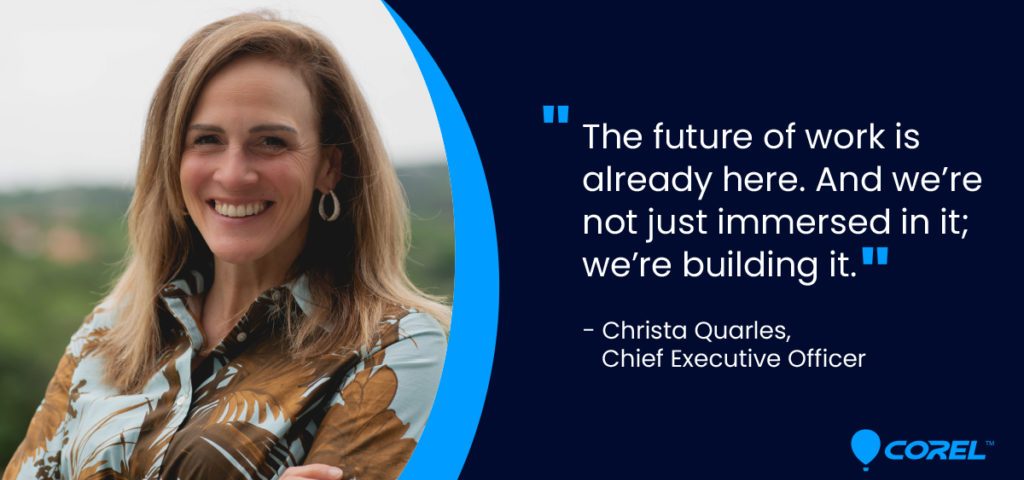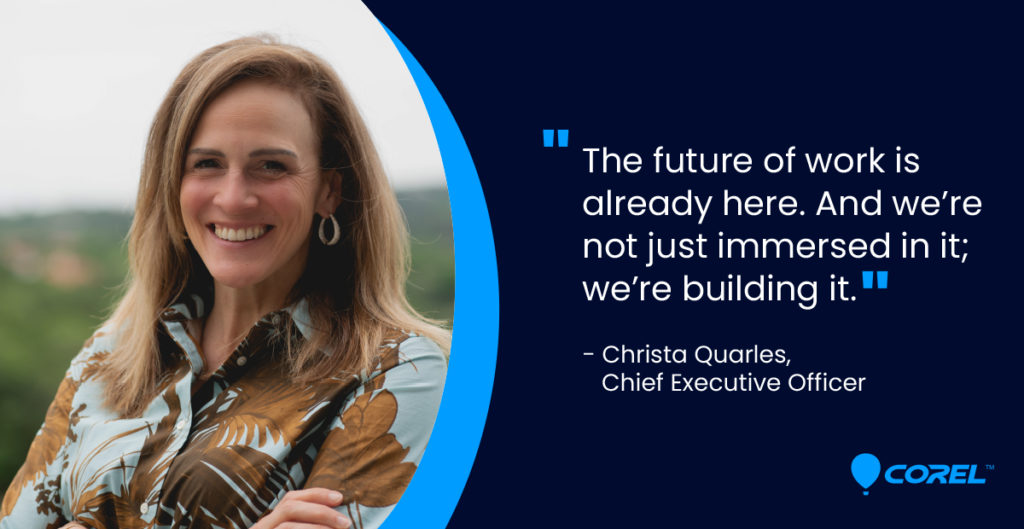
Microsoft Cloud for Sovereignty: The most flexible and comprehensive solution for digital sovereignty
July 20, 2022
A Unique Cybersecurity Career Path: From Journalism to Cisco
July 22, 2022The future of work is here, and we’re calling it Work3

There has been an explosion of conversations about the future of work. That’s true across many sectors, but perhaps especially so for knowledge workers in tech (like us). Around here, it’s a daily discussion among our teams: What does the path forward look like? For our employees? For our customers?
We’ve had two+ years of pandemic living. Working from home has delivered unprecedented employee freedom. And through it all, our professional lives suddenly became so much more personal. Priorities shifted, and for many of us, going back to ‘normal’ has lost its appeal.
Your business is likely having the same conversations we are, questioning the future and debating the path forward. For so many of us, the fundamental nature of work has changed. The genie is not going back into the bottle.
The future of work is already here. And we’re not just immersed in it; we’re building it.
Forging a new path
In one of our internal meetings, we were having yet another conversation about what comes next. What could a remote-first world look like? Who do we want to be now? What does it mean to lead in this new world? Someone said, “Wow. It’s like we’ve been given a chance to create Work 3.0.” The minute I heard that said, I agreed. Work3 stuck. The reason it’s Work3 and not Work 3.0 is because we’re not simply entering a new chapter. We’re at an inflection point, and we’re rewriting the playbook.
With Work3, business is personal
In Work3, each of us has the freedom and flexibility to choose when, how, and where to do our best work.
Instead of demanding that people tick boxes and count the hours on the clock, Work3 invites people to embrace their unique talents and capabilities while focusing on results. Work3 does all this while dismantling generations of archaic notions about what it means to make a ‘living’ by putting work in the context of living.
While Work3 depends on the power of technology, it’s fundamentally about leadership. It’s about managers treating their people like grownups. It’s about trusting your people to make the best decisions for your organization while also taking care of themselves.
Work3 offers a new gauge for success
Of course, in its purest form, Work3 is not universal. As I like to say, we’re lucky enough to be in the ‘bits’ business, versus the ‘atoms’ business. We’re digital forward—making software, not physical goods, and our people have the luxury of being able to be productive anywhere.
Still, being digital-forward isn’t enough to make Work3 work. All you have to do is read the business press to find plenty of examples of software companies that are clearly not embracing this approach.
To fully embrace Work3, we asked our people what they want, and we listened closely to the reply. For starters, they told us they want to work from home. Moving forward, that’s where they’ll be. The last two years have already proven what we’re capable of. There’s no reason to question it now. We’re going to continue measuring outcomes and achievements, not butts in seats.
For leaders, Work3 means releasing the image you have in your head about what management should look like. Empower your people with the right tools to take advantage of anywhere, anytime productivity, and the flexibility to make decisions for themselves. True leadership isn’t a product of getting the people in a room to do what you want. It’s about giving your employees the room to work better and live better.
Work3 is here. Join us.

The post The future of work is here, and we’re calling it Work3 appeared first on Corel Blog.

